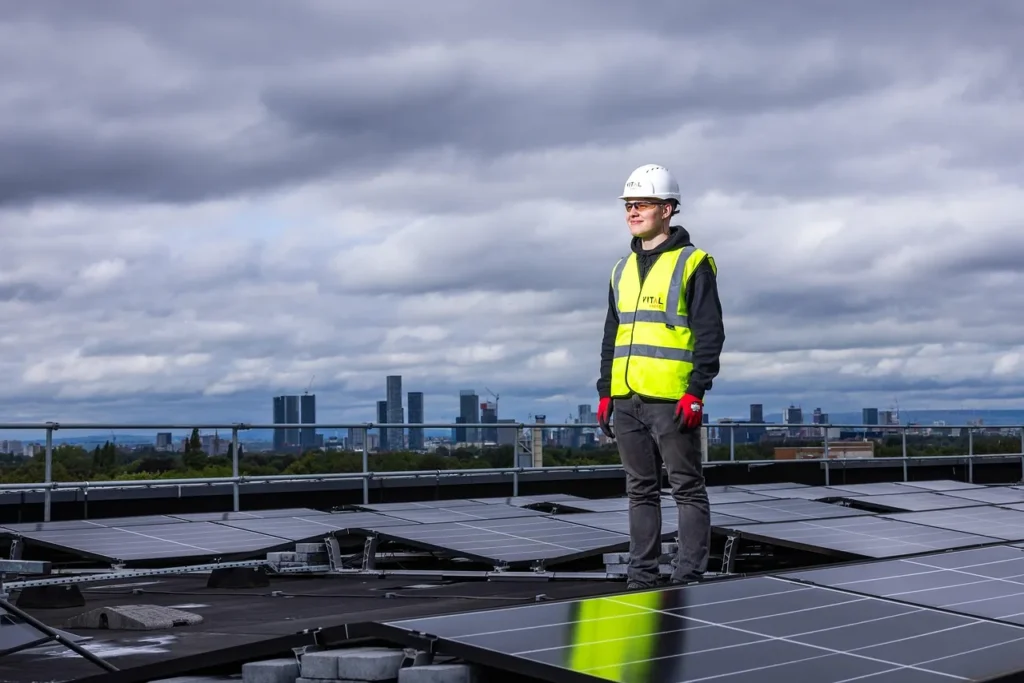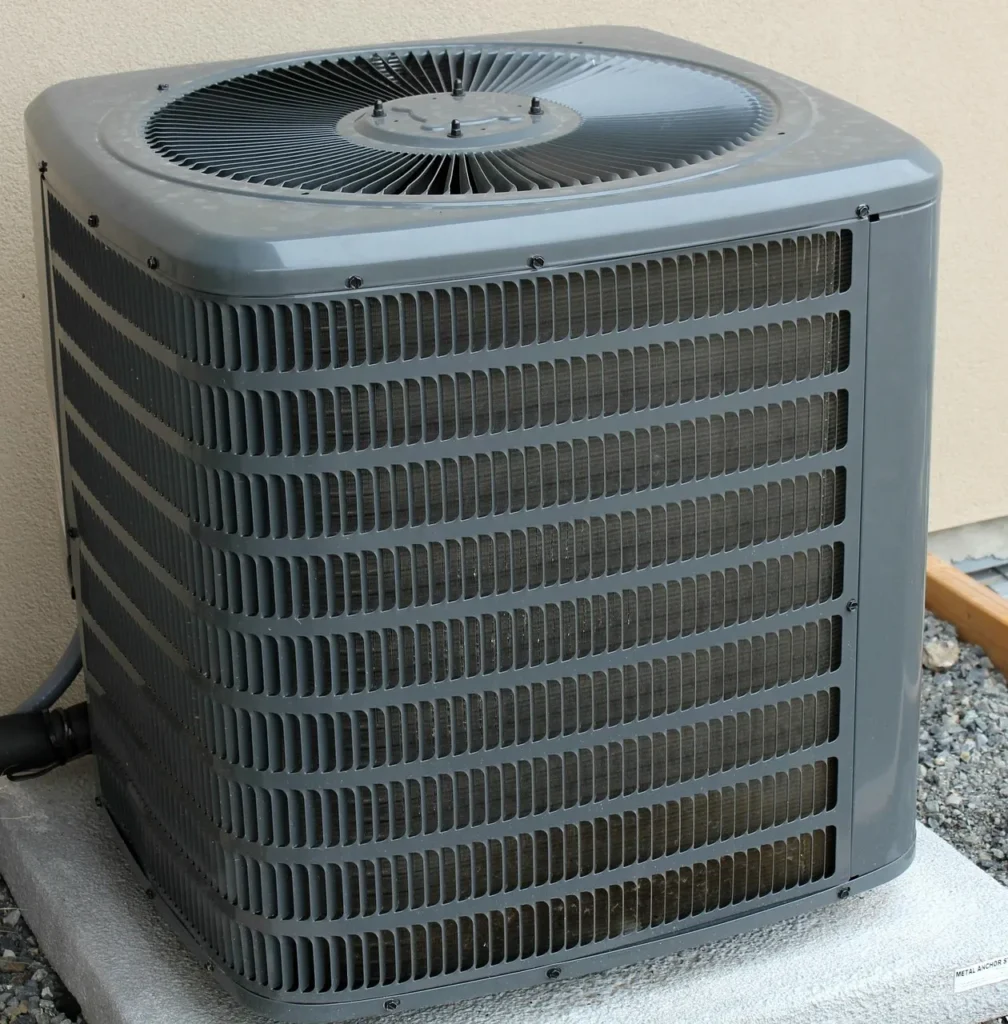

As energy costs rise and climate concerns grow, 2026 is shaping up to be a year when homeowners and renters alike take a closer look at how they use electricity. With new technology, evolving energy regulations, and increasing awareness about sustainability, adopting smart energy habits isn’t just good for the planet — it’s also a smart financial move.
From smarter home devices to more mindful daily routines, small changes can make a big difference in reducing waste, lowering bills, and ensuring a cleaner future. Here’s how every resident can build better energy habits in 2026 and beyond.
1. Start With an Energy Audit
Before making any changes, it’s important to understand how much energy your home actually uses — and where it’s being wasted. An energy audit provides a complete picture of your home’s energy efficiency, pinpointing problem areas like poor insulation, leaky windows, or outdated appliances.
Many utility providers now offer free or discounted energy audits, and smart home monitoring systems can track your consumption in real time. The data you collect will help you make informed decisions about upgrades and habits that yield the biggest savings.
Quick tip: Schedule an energy audit once a year, especially if you’ve added new appliances or remodeled your home.
2. Embrace Smart Home Technology
Technology has made energy efficiency easier than ever. Smart thermostats, lighting systems, and appliances can automatically optimize energy use without you lifting a finger.
- Smart thermostats learn your habits and adjust heating or cooling based on when you’re home — saving up to 10–15% on energy bills.
- Smart plugs allow you to monitor and control electronics remotely.
- Motion-sensor lights turn off automatically when rooms are empty.
These small upgrades quickly pay for themselves and are often eligible for rebates through energy-saving programs.
Pro tip: Look for ENERGY STAR®-certified smart devices — they’re more efficient and often supported by rebate programs.
3. Unplug the Energy Vampires
Many electronics continue to draw power even when they’re turned off — a phenomenon known as phantom load or “energy vampires.” Chargers, TVs, gaming consoles, and computers can collectively account for 5–10% of your total electricity use.
To combat this:
- Plug devices into power strips and switch them off when not in use.
- Unplug rarely used electronics completely.
- Use smart outlets to automate power shutoffs when devices are idle.
This simple habit can lead to surprising savings over time.
4. Make the Switch to LED Lighting
If you haven’t already, 2026 is the year to ditch incandescent and fluorescent bulbs for LED lighting. LEDs use up to 75% less energy and last 25 times longer than traditional bulbs.
Modern LED options offer a wide range of brightness and color temperatures, making them suitable for every room — from cozy warm lighting in living spaces to bright daylight tones for home offices.
Plus, with smart bulbs, you can control lighting from your phone, schedule dimming, and even sync with sunrise and sunset times.
5. Optimize Heating and Cooling Efficiency

Heating and cooling typically make up nearly half of a home’s energy use, so even minor improvements can have a major impact.
Here’s how to boost efficiency:
- Change air filters regularly: Dirty filters restrict airflow and make your HVAC system work harder.
- Seal leaks: Use caulk or weatherstripping around doors and windows to prevent drafts.
- Set optimal thermostat ranges: In winter, keep temperatures around 68°F when you’re home and lower when away. In summer, aim for 76–78°F.
- Use ceiling fans: They circulate air effectively and reduce dependence on air conditioning.
If your system is over a decade old, consider upgrading to a high-efficiency heat pump or ENERGY STAR-rated HVAC unit.
6. Choose Efficient Appliances
Old appliances are some of the biggest energy hogs in a household. Replacing outdated refrigerators, washers, and dishwashers with energy-efficient models can reduce energy use dramatically.
When shopping, check the EnergyGuide label — it estimates yearly energy consumption and operating costs. Opt for models with high efficiency ratings, and consider features like “eco mode” for extra savings.
Many local utilities and retailers offer rebates for upgrading to efficient appliances, further reducing your upfront costs.
7. Shift Energy Use to Off-Peak Hours
Electricity demand fluctuates throughout the day, and so do rates in many areas. Off-peak hours — typically late at night or early morning — are when power is cheapest and grid strain is lowest.
By shifting high-energy tasks like laundry, dishwashing, or electric vehicle charging to these times, you can reduce both your bill and your environmental impact.
Some utility providers even offer time-of-use (TOU) plans that reward off-peak energy habits with lower rates.
8. Go Solar (or Partially Solar)
The solar industry continues to expand rapidly, and 2026 brings more affordable and efficient solar technologies than ever.
Even if full rooftop solar installation isn’t in your budget, you can still benefit from:
- Community solar programs (shared solar farms)
- Portable solar panels for smaller devices or off-grid areas
- Solar water heaters to cut heating costs
If you’re a homeowner, solar panels can significantly reduce monthly electricity bills and increase property value — while reducing your carbon footprint for decades to come.
9. Partner With the Right Energy Provider
Your choice of energy provider can make a huge difference in both cost and sustainability. Many companies now offer renewable energy plans or flexible billing options that reward conservation.
For example, customers partnering with a trusted houston light company can often choose green energy plans sourced from wind or solar, giving residents an easy way to support cleaner power while keeping rates affordable.
Before choosing a plan, compare providers’ renewable options, customer reviews, and tools for tracking your usage. The right partnership helps you stay energy-conscious without sacrificing convenience.
10. Foster a Household Energy Culture

Sustainable habits work best when everyone participates. Encourage family members or roommates to get involved by:
- Setting energy-saving goals
- Tracking progress using apps or your smart meter
- Rewarding achievements (like lowering monthly usage)
Even small actions — like turning off lights, shortening showers, or washing clothes in cold water — add up when practiced consistently by everyone in the home.
Looking Ahead: Building Smarter, Greener Homes
In 2026, energy efficiency is no longer a luxury — it’s a necessity. With smart technology, renewable options, and greater public awareness, residents have more tools than ever to reduce waste and live sustainably.
By adopting these smart energy habits, you’re not only lowering bills — you’re helping create a cleaner, more resilient future for your community.
Each switch flipped off, thermostat adjustment, and appliance upgrade is a step toward a smarter home and a healthier planet. The power to make change truly begins with how we use our power.






Leave a Reply